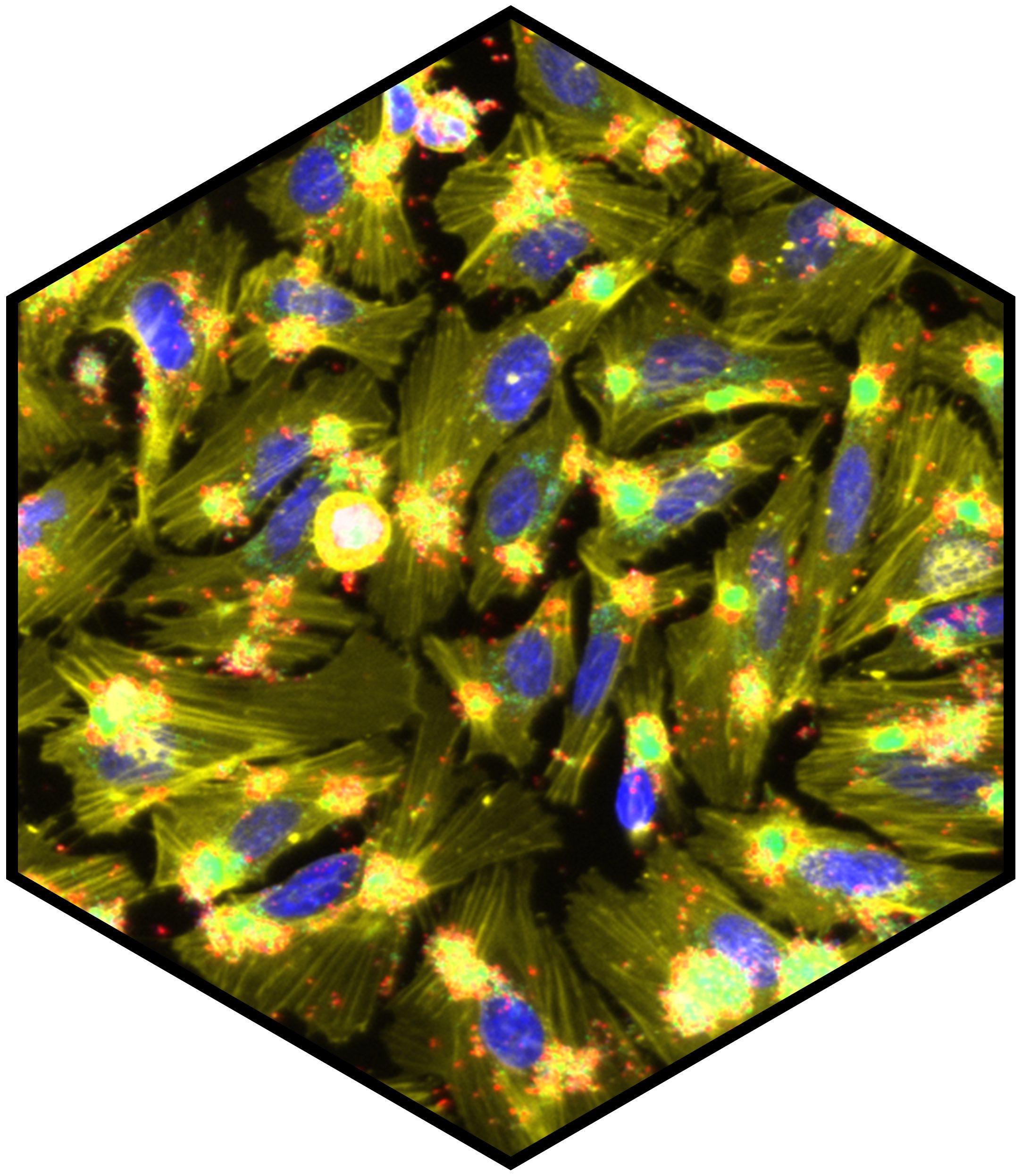rnai-parse¶
rnai-parse parses Matlab files of image-based single-cell features
from RNAi screens. We assume the data has been generated using
CellProfiler which creates a single file for each feature that can be
measured from a flourescence channel.
Usually from the matlab files features for a single cell are hard to access,
since they are distributed over the different files. With rnai-parse we
first iterate over the single feature files and combine the features into a
feature matrix that is easier to work with. The result is a single tsv file
for every plate where the rows are single-cells and the columns single-cell
features.
The following sections describe the usage of rnai-parse, its
subcommands and the required CONFIG file. So far the following subcommands
are available:
rnai-parse checkdownloadfor checking if all files are present correctly,rnai-parse parsefor parsing the data,rnai-parse parsereportfor creating a report of parsed files,rnai-parse featuresetsfor creating feature set overlap statistics.
The subcommands are needed to be called consecutively. So you need to parse the files before creating reports and featureset statistics.
Introduction¶
To use rnai-parse, you need to create a CONFIG file in yaml format
with the following content:
config.yml file¶layout_file: "layout.tsv"
plate_folder: "./"
output_path: "./out"
plate_id_file: "experiment_meta_file.tsv"
plate_regex: '.*\/\w+\-\w[P|U]\-[G|K]\d+(-\w+)*\/.*'
multiprocessing: False
You can have a look at an example yaml file here.
layout_file describes the placement of siRNAs and genes on the plates, plate_folder points to the collection of matlab files, output_path is the target directory where files are written to. plate_id_file is a list of ids of plates that are going to be parsed in case only a subset of plate_folder should get parsed. plate_regex is a pattern which plates you want to use in the plate_id*file. multiprocessing is a boolean determining whether python uses multiple processes or not.
Check out the data folder in the main repository for some example
datasets. The folder contains an example data-set for the pathogen
S. Typhimurium, the respective yaml config file, the meta file that
contains the plates to be parsed and the layout file for genes, sirnas, etc.
For all subcommands only the config file is needed as an argument. So if you create the file once, you are settled.
Checking for file availability¶
As a first step it makes sense to check if all plates from your meta plate file (experiment_meta_file.tsv) exist, i.e. have been downloaded:
rnai-parse checkdownload CONFIG
This just prints a report to stderr if the files exist or not.
Parsing the data¶
If the files are downloaded as intended, parse them to tsv:
rnai-parse parse CONFIG
The result of the parsing process should be a set of files for every plate.
For example every plate should create *data.tsv files and a respective
*meta.tsv for every data file. Every data file contains the features for
a specific channel, like DAPI.
Generating a report¶
If parsing is complete, you can create a report if all files have been parsed or if some are missing:
rnai-parse parsereport CONFIG
- The report is similar to
rnai-parse checkdownload, only that this time we - check if every file has been parsed correctly and meta files have been
created. Output is written to
stderr.
Computing overlapping feature sets¶
Finally after having done the parsing and file checking you can create feature overlap statistics between the different screens like this:
rnai-parse featuresets CONFIG
The script writes the results to stdout.
